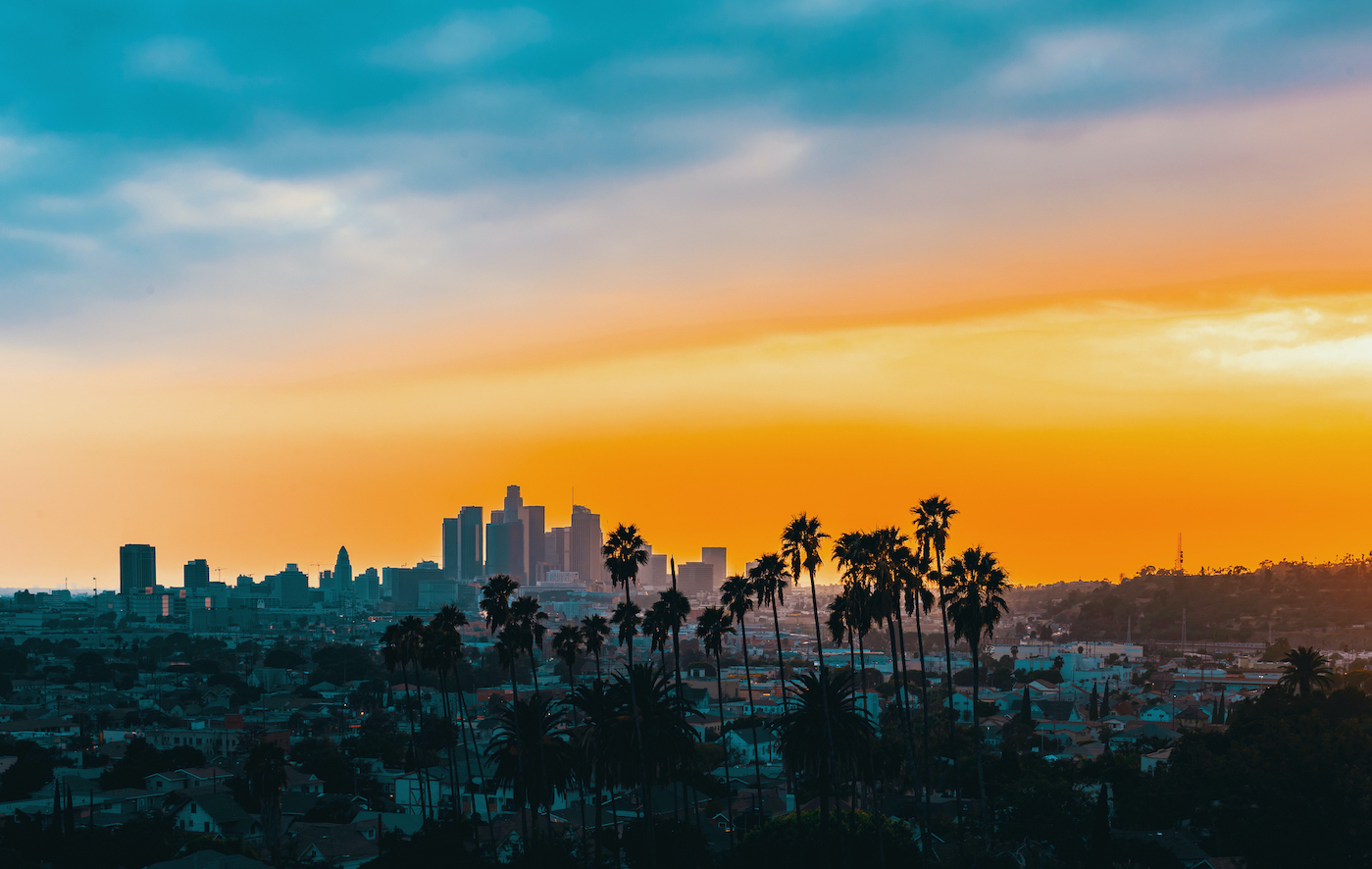
16th Century
1542: Portuguese explorer Juan Rodríguez Cabrillo navigates the coast of California and names present-day San Pedro Bay “Bay of Smokes” due to the smoke from Native American campfires.
18th Century
1769: Spanish expedition led by Gaspar de Portolà and accompanied by Franciscan missionary Junípero Serra reaches the area that will become Los Angeles.
1771: Mission San Gabriel Arcángel is founded by Father Junípero Serra near present-day Montebello.
1781: El Pueblo de Nuestra Señora la Reina de los Ángeles de Porciúncula (The Town of Our Lady, Queen of the Angels) is officially founded by Spanish Governor Felipe de Neve. The initial settlement includes 44 settlers of various backgrounds.
19th Century
1821: Mexico gains independence from Spain, and Los Angeles becomes part of Mexican territory.
1847: Los Angeles is captured by American forces during the Mexican-American War. The Treaty of Cahuenga ends the fighting in California.
1848: The Treaty of Guadalupe Hidalgo is signed, ceding California, including Los Angeles, to the United States.
1850: California is admitted to the Union as the 31st state, and Los Angeles is incorporated as a city.
1876: The Southern Pacific Railroad completes a line to Los Angeles, connecting the city to the rest of the country and spurring population growth.
1881: The Los Angeles Times is founded.
1885: Completion of the Atchison, Topeka, and Santa Fe Railway, leading to a land boom and rapid population growth.
1892: Oil is discovered in Los Angeles, leading to an economic boom.
20th Century
1901: The Los Angeles Pacific Electric Railway, known as the Red Car system, begins operations, becoming the largest electric railway system in the world.
1910: Hollywood is annexed by Los Angeles, laying the foundation for the city’s future as a center of the entertainment industry.
1913: The Los Angeles Aqueduct is completed, bringing water from the Owens Valley and enabling the city’s rapid growth.
1923: The Hollywood sign is erected in the Hollywood Hills, initially reading “Hollywoodland.”
1932: Los Angeles hosts the Summer Olympics.
In the 1940s
The city experiences significant growth during and after World War II due to its strategic importance and the defense industry.
1965: The Watts Riots, a major civil disturbance, occur in Los Angeles. The Watts Riot, occurring in Los Angeles in August 1965, was a major civil disturbance sparked by police confrontation with an African American motorist. The tensions resulting in significant casualties and property damage.
1984: Los Angeles hosts the Summer Olympics for the second time.
1992: The Los Angeles Riots erupt following the acquittal of police officers involved in the beating of Rodney King.
1994: The Northridge earthquake strikes Los Angeles, causing significant damage and loss of life.
2000: Los Angeles Unified School District initiates a major construction program to address overcrowding and improve facilities.
21st Century
2010: The city implements significant measures to improve public transportation, including expansions of the Metro Rail system.
2020: Los Angeles is significantly affected by the COVID-19 pandemic, leading to widespread lockdowns and economic challenges.
2022: The Los Angeles Rams win the Super Bowl, bringing major celebrations to the city.
2023: The city continues to tackle issues such as homelessness, housing affordability, and climate change.
2024: Los Angeles is in preparation to host the Summer Olympics for the third time, focusing on sustainability and innovation.
Los Angeles has evolved from a small settlement into a major global city, known for its diverse population, cultural influence, and economic significance.
-Lữ Hành-
